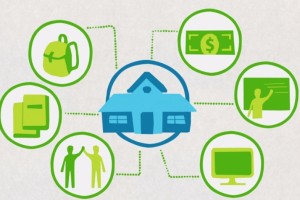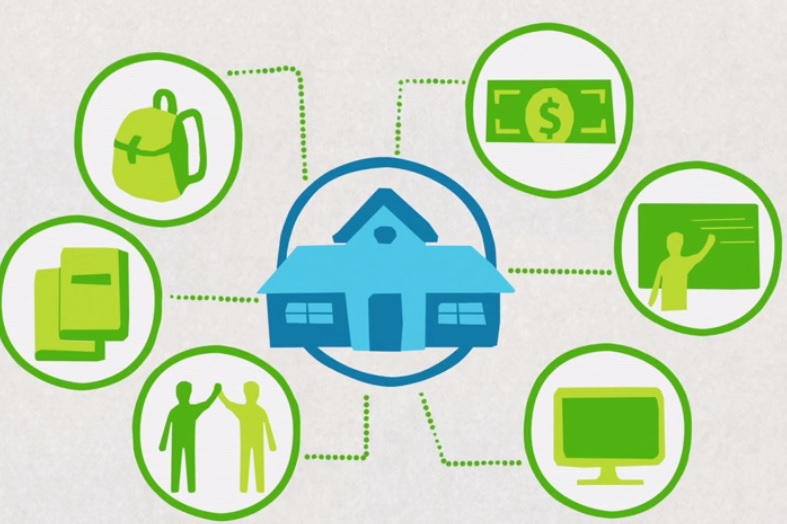A sincere congratulations to Linda Roesch, an Atlanta-based research fellow for winning the $20,000 first-place prize in AT&T’s “Data for Diplomas” challenge.
AT&T asked data experts from across the nation to experiment with public data sets and demonstrate insights that could help boost U.S. high school graduation rates. They studied everything from high school student transfer rates to cold-weather climates. A big thank you to all of those who responded to our challenge, hosted by DevPost. Our panel of judges chose the following as our finalists. The projects were ranked on actionable insights, visualization, and predictive capability.
First Place, $20,000: Linda Roesch of Atlanta, Georgia. Roesch gathered multiple public data sets to capture 18 social, economic and policy factors that affect local schools. She used data science to determine how strongly each of them correlate with graduation rates and built a predictive model as a result.
The online tool that Roesch built is available to anyone to use. By comparing school districts and manipulating the variables, one can begin to understand what a district may want to consider as it works to increase the graduation rate to 90 percent in the community – a key national goal supported by AT&T Aspire and GradNation.
You can watch her video demonstration here. (You may need to turn up your volume.)
Second Place, $10,000: Steven Van Auken, Mike English and Aditya Voleti of Kansas City, Missouri. Inspired by a GradNation summit hosted by the Kansas City Mayor’s Office and sponsored by the America’s Promise Alliance and AT&T, these contestants are involved in a non-profit called Turn the Page KC.
They studied the correlation between high absenteeism and low graduation rates in Missouri. High absenteeism seems partially to result from families moving to new school catchment areas, and families living in poverty tend to move more frequently than those who are not. Each time a child switches schools, parents or guardians must show proof-of-residency and follow additional transfer protocols that can lead to students missing between five and 30 days of school.
The team’s solution is to provide a secure online portal that will facilitate the transfer of information between districts. In addition, the team suggests working with the local public utility company to make obtaining proof-of-residency at a new address a faster process, as this is often needed in the transfer protocol.
Third Place, $4,000: Asjed Hussain, Sri Kanajan and David Yerrington of San Francisco, California. By doing highly sophisticated data crunching, this team’s model predicts 60 percent of the variation in graduation rates using only seven variables that spanned four main dimensions: economic characteristics of the students and school district, household stability, teacher salaries, and climate.
Insights from the team’s model include: Living below the poverty line was a much better indicator of how likely a student is to graduate than median household income, and colder areas of the country have lower graduation rates than warmer areas.
Based on their analysis, the team recommended policies to increase graduation rates, such as taking longer winter breaks and shorter summer breaks in colder regions. You can see their video demonstration here.
Data for Diplomas was supported by AT&T, as part of its Aspire initiative, and GradNation. Individuals and groups were encouraged to produce a data-driven app or data visualization that was creative, original and could positively impact high school graduation rates. Data analytics has become a growing force for smarter business. It can help with public causes like improving education as well.
AT&T is driving innovation in education to promote student success in school and beyond through our signature philanthropic initiative, AT&T Aspire. We are leveraging technology, relationships and social innovation to help all students make their biggest dreams a reality. With GradNation, led by America’s Promise Alliance, we are working toward a goal of a 90 percent on-time high school graduation rate in the United States by 2020. In 2013, we hit a record high of 81.4 percent, but we need help to go further.
The findings of these projects belong to the teams that submitted them, not AT&T. The judges did not endorse the findings, but considered the potential of the ideas.



